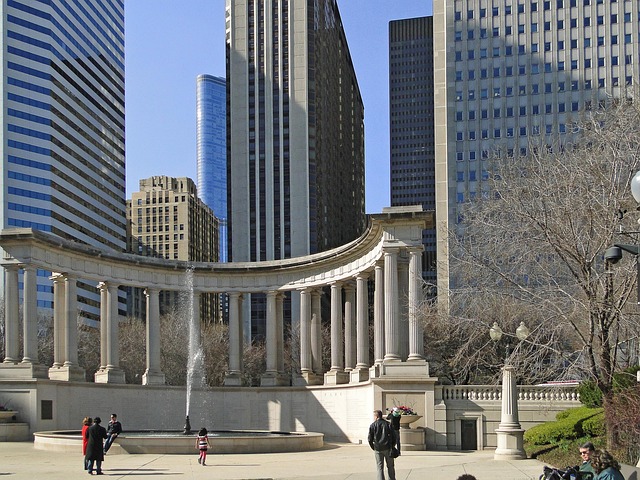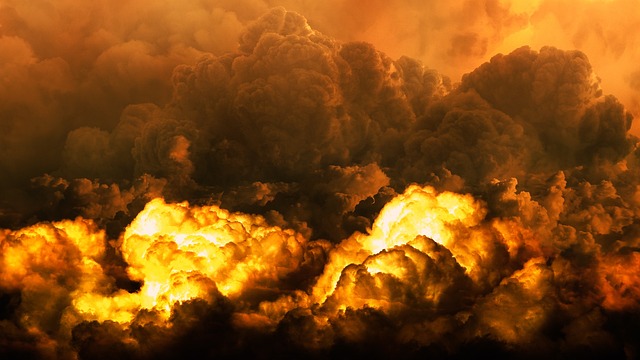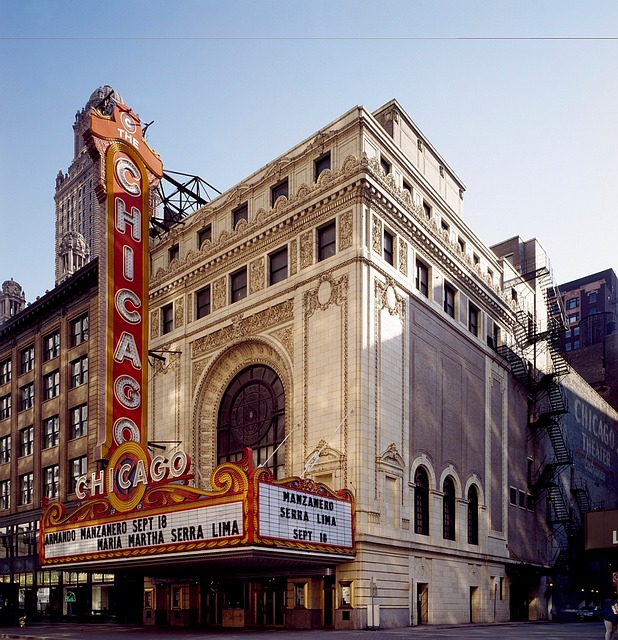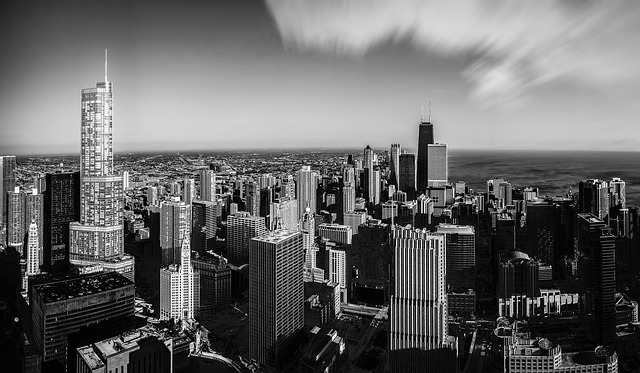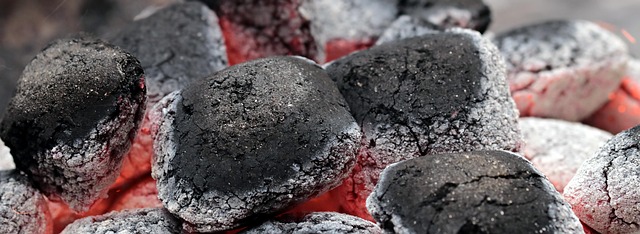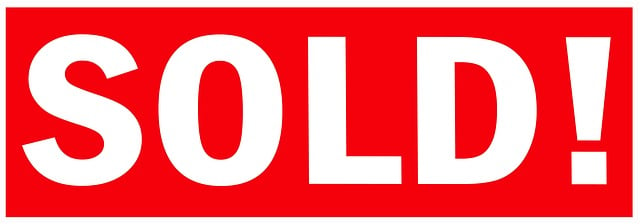Smoke damage from fires in densely populated areas like Chicago can severely impact both properties and human health. Complete removal is challenging due to soot's deep penetration into walls, ceiling tiles, and furniture. Proper remediation is critical for structural integrity, indoor air quality, property value, and selling a fire-damaged house in Chicago. A comprehensive assessment by specialists is key, involving inspections, lab analysis of smoke particles, and containment to prevent further contamination. The restoration process includes cleaning, repairing, or replacing damaged components while adhering to local building codes. Professional remediation experts utilize advanced technology for air purification, surface cleaning, and odor removal, maximizing property value and fostering a healthier living space for potential buyers.
“In the event of a fire, smoke damage can leave a lasting impact on properties and residents alike in Chicago. Understanding the extent of this damage is crucial for safe and effective remediation. This article guides you through the process of selling a fire-damaged home in Chicago, from assessing safety to retaining property value. We’ll outline a step-by-step restoration process, highlighting common challenges and expert tips to ensure a successful recovery. By following these guidelines, homeowners can navigate the path to restoration with confidence.”
- Understanding Smoke Damage: The Impact on Properties and Health in Chicago
- Assessment and Safety Measures Before Remediation Begins
- Step-by-Step Guide to Smoke Damage Restoration Process
- Common Challenges and Considerations for Sell Fire Damage House in Chicago
- Expert Tips for Effective Smoke Damage Remediation and Property Value Retention
Understanding Smoke Damage: The Impact on Properties and Health in Chicago
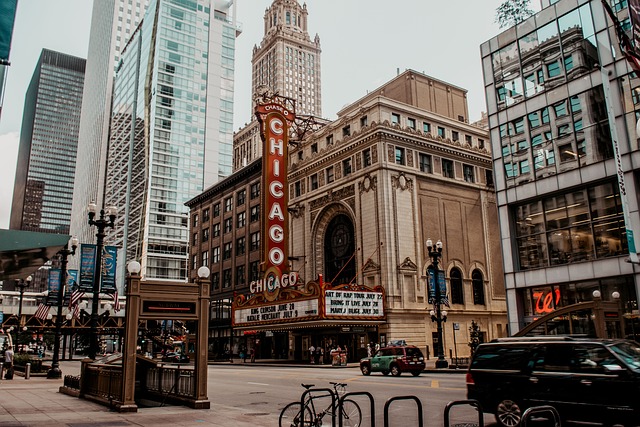
Smoke damage from a fire can have severe and long-lasting effects on both properties and human health, especially in densely populated areas like Chicago. When a fire occurs, smoke contains a complex mixture of gases, particles, and volatile organic compounds (VOCs) that can leave behind a thick layer of residue. This residue, often referred to as soot, can penetrate deep into walls, ceiling tiles, furniture, and other items, making it challenging to remove completely.
In Chicago, where many buildings are older and constructed with various materials, smoke damage remediation becomes even more critical. Not only does it pose risks to the structural integrity of a property, but it also contributes to indoor air quality issues. Health concerns related to smoke exposure include respiratory problems, allergies, and in severe cases, long-term pulmonary damage. Therefore, for those looking to sell a fire-damaged house in Chicago, proper remediation is essential to mitigate these risks, restore the property’s value, and ensure potential buyers’ peace of mind.
Assessment and Safety Measures Before Remediation Begins

Before any remediation work begins, a thorough assessment is crucial for both determining the extent of smoke damage and ensuring safety. In cases where a home in Chicago has experienced fire damage, it’s essential to consult professionals who specialize in selling fire-damaged properties to understand the unique challenges and potential risks. They’ll conduct a detailed inspection, checking for visible signs of smoke and fire, as well as invisible contaminants like soot and ash.
Safety measures are paramount during this phase. This includes securing the structure to prevent further damage or collapse, ensuring safe entry points, and addressing any hazardous materials present. The assessment team will also take samples for lab analysis to confirm the presence and type of smoke particles, which is vital information for selecting appropriate remediation techniques and restoring a sellable state for the fire-damaged house in Chicago.
Step-by-Step Guide to Smoke Damage Restoration Process
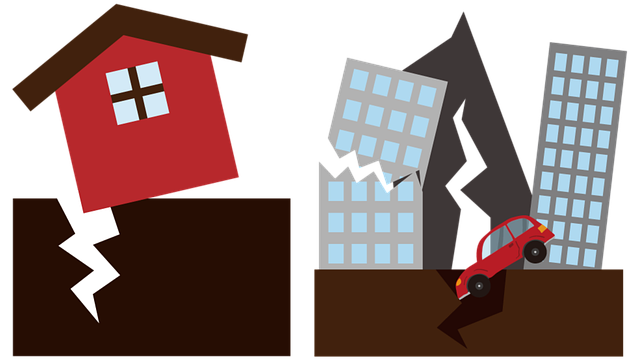
Smoke damage can be devastating, but a thorough restoration process is key to returning your Chicago home to its pre-loss condition. Here’s a step-by-step guide for the smoke damage restoration process in Illinois:
1. Safety First: Begin by ensuring your safety and that of your family or tenants. Evacuate the area if necessary, as smoke can be hazardous. Turn off electricity and gas supplies to prevent further risks. Remove any large debris visible to the naked eye.
2. Professional Assessment: Engage a reputable fire damage restoration company in Chicago specializing in smoke damage remediation. They’ll conduct a thorough inspection to assess the extent of the damage, identify affected areas, and develop a personalized plan tailored to your specific needs.
3. Containment and Isolation: The team will set up containment barriers and isolate the damaged area to prevent smoke particles from spreading to other parts of your home. This ensures that the restoration process is efficient and effective, minimizing further contamination.
4. Cleansing and Deodorization: Using specialized equipment like air scrubbers and negative air machines, they’ll thoroughly clean the air to remove lingering smoke odor and particulate matter. Surfaces, furniture, and belongings will be cleaned or replaced if necessary, eliminating odors and preventing long-term damage.
5. Restoration and Repairs: Depending on the severity of the damage, this step may involve repairing or replacing affected structural components like walls, ceilings, floors, and fixtures. The restoration process aims to restore your home’s aesthetic appeal and functionality while ensuring the safety and health of its occupants.
Common Challenges and Considerations for Sell Fire Damage House in Chicago
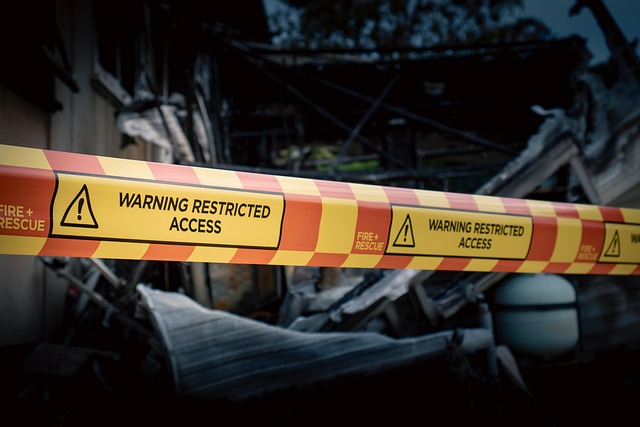
Selling a fire-damaged home in Chicago comes with unique challenges, especially navigating the complex process of remediation and its impact on property value. One of the primary considerations is the extent of damage, as even minor smoke residue can significantly affect the market appeal. Fire damage remediation in Chicago requires a thorough assessment to identify affected areas, including structural elements, walls, ceilings, and personal belongings.
The city’s stringent building codes and safety regulations must be adhered to during the restoration process. Homeowners should engage professional remediation experts who understand local standards to ensure the property meets the required criteria for resale. Additionally, documenting the entire remediation process is crucial for providing transparency to potential buyers, which can help expedite the selling process and maintain a competitive market position for the sell fire damage house Chicago.
Expert Tips for Effective Smoke Damage Remediation and Property Value Retention

When dealing with smoke damage, a swift and professional response is crucial for effective remediation and preserving property value. In Chicago or anywhere in Illinois, it’s essential to engage specialized services that understand the intricacies of smoke cleanup. These experts know that different types of fires leave distinct residues, requiring tailored solutions to mitigate health risks and restore your home to its pre-damaged state.
They recommend a multi-step process including air purification, surface cleaning, and odor removal. By using advanced technology and safe, industry-approved products, they can effectively eliminate visible stains, unpleasant smells, and hidden pollutants associated with smoke damage. This not only ensures a healthier living environment but also maximizes the resale value of your fire-damaged property in Chicago, making it an attractive option for potential buyers.
Smoke damage remediation is a complex process that requires careful assessment, safety measures, and expert knowledge. For those looking to sell a fire-damaged home in Chicago, understanding the restoration process and common challenges is crucial. By following a step-by-step guide, addressing health concerns, and implementing effective remediation techniques, property owners can enhance their chances of retaining home value. Remember, prompt action and professional expertise are key to navigating the intricate landscape of smoke damage restoration, ensuring a successful sale in Chicago’s real estate market.
